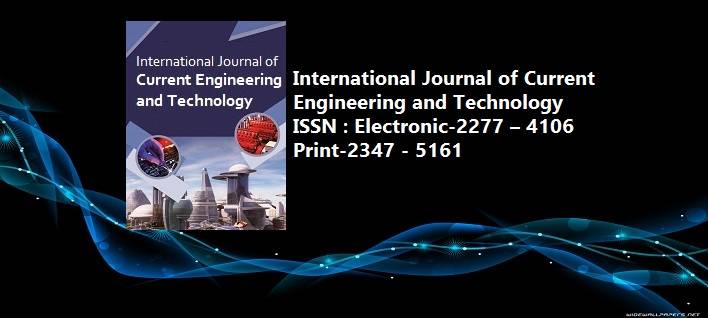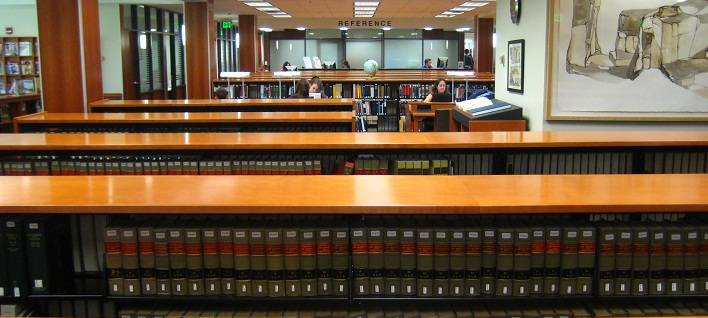Designing of Cement Slurry to Enhance Compressive Strength and Rheology: An Experimental Study
Pages : 155-161, DOI: https://doi.org/10.14741/ijcet/v.11.2.2
Download PDF
Abstract
The most essential function of oil and gas well cement is to provide isolation of zones in a production well. Cement isolates the wellbore in completion of oil and gas wells, prevents failure of casing, and it also prevents wellbore fluids so that they cannot be contaminated from fresh water aquifers. In slurry state cement is distinguished by rheological properties like plastic viscosity and yield stress. Proper selection of cement slurries plays a vital role in well commenting and that could be possible with the utilization of efficient materials that may results the superior rheological properties of cement slurry i.e. plastic viscosity, gel and yield strength. The selection of cement has been done on account of higher values of compressive strengths for which quality of cement sheath will be enhanced. Cement Slurry design can be optimized by operators for which it is mandatory for operators that they have knowledge about actual temperature that cement will encounter inside wellbore. Down hole temperatures of cementing have impact on thickening time, rheology, and compressive strength development. In this research work Rice Husk Ash (RHA) and Egg Shell Powder (ESP) are used in cement slurry so that compressive strength of cement specimen can be increased. The cement slurry has been made from locally manufactured cement, water, RHA and ESP. Cement slurry of 600ml by volume has been prepared. Specimens with size of 2×2×2 inch cubic molds are made for compressive strength testing at different curing conditions. Three variants of the specimen with varying concentrations of RHA and ESP are made. In present work during slurry state the rheological properties are determined while in solid state compressive strength of cement specimen at three curing ages of 08 hours, 24 hours and 72 hours is determined.
Keywords: Compressive strength, Rheological properties, well bore fluids, plastic viscosity, thickening time, cubic mold and curing ages.
Article published in International Journal of Current Engineering and Technology, Vol.11, No.2 (March/April 2021)



















 MECHPGCON, MIT College of Engineering, Pune, India
MECHPGCON, MIT College of Engineering, Pune, India AMET, MIT College of Engineering, Pune, India
AMET, MIT College of Engineering, Pune, India International Conference on Advances in Mechanical Sciences
International Conference on Advances in Mechanical Sciences  International Symposium on Engineering and Technology
International Symposium on Engineering and Technology International Conference on Women in Science and Engineering
International Conference on Women in Science and Engineering




